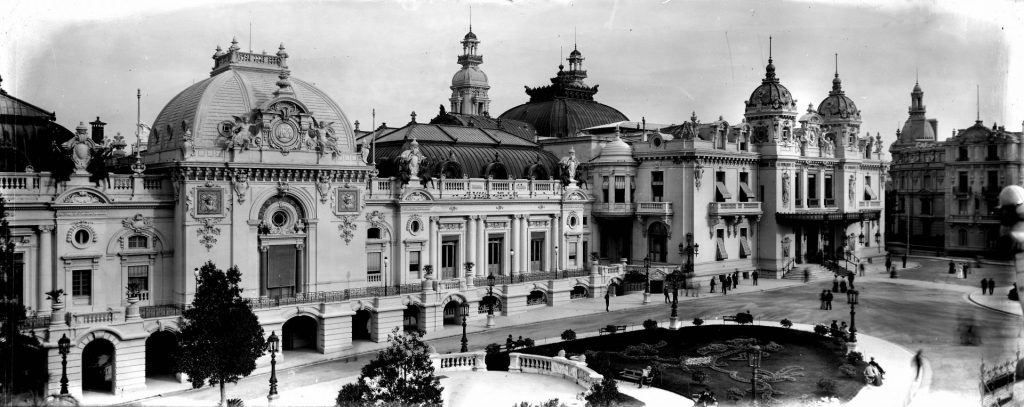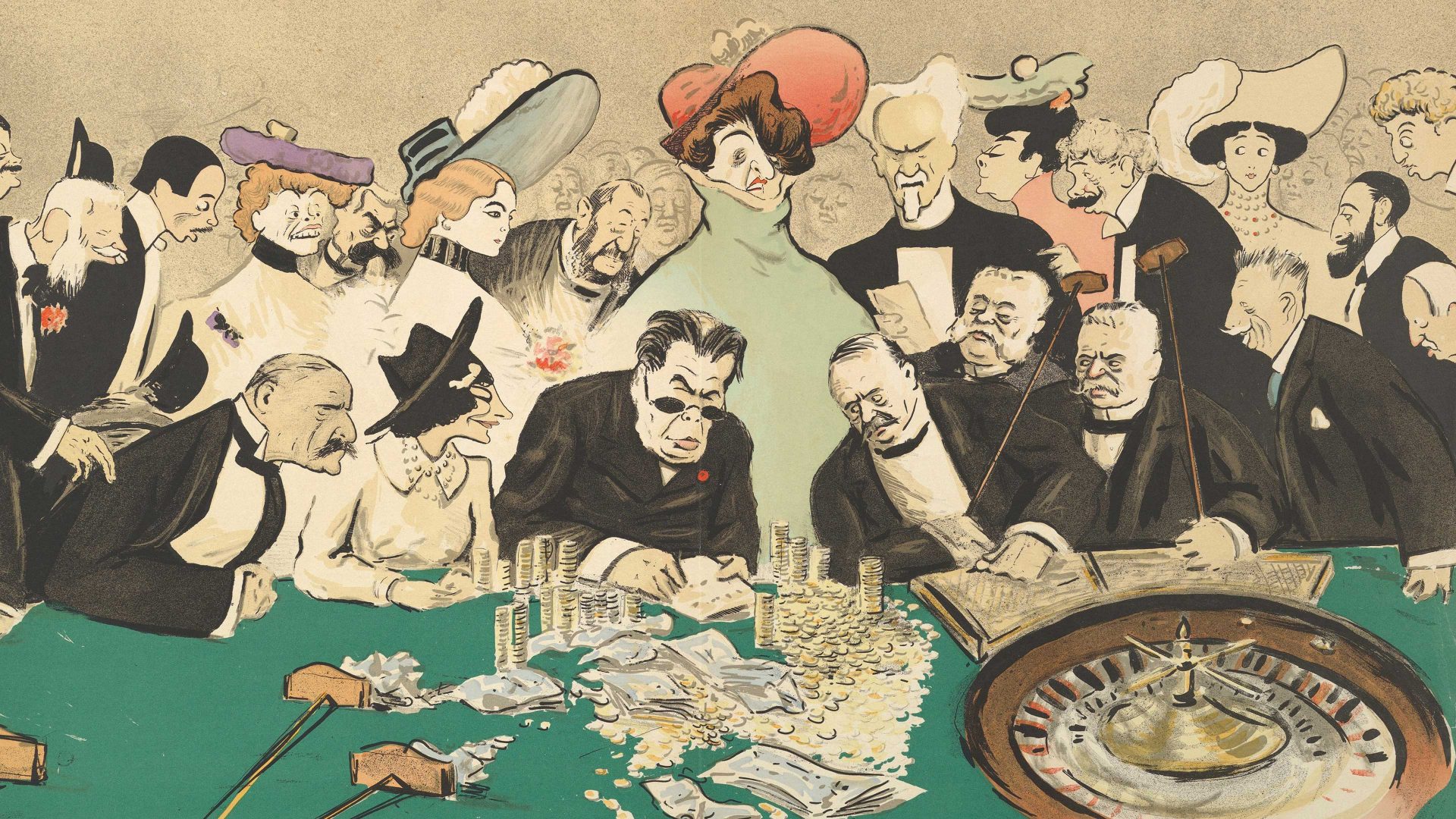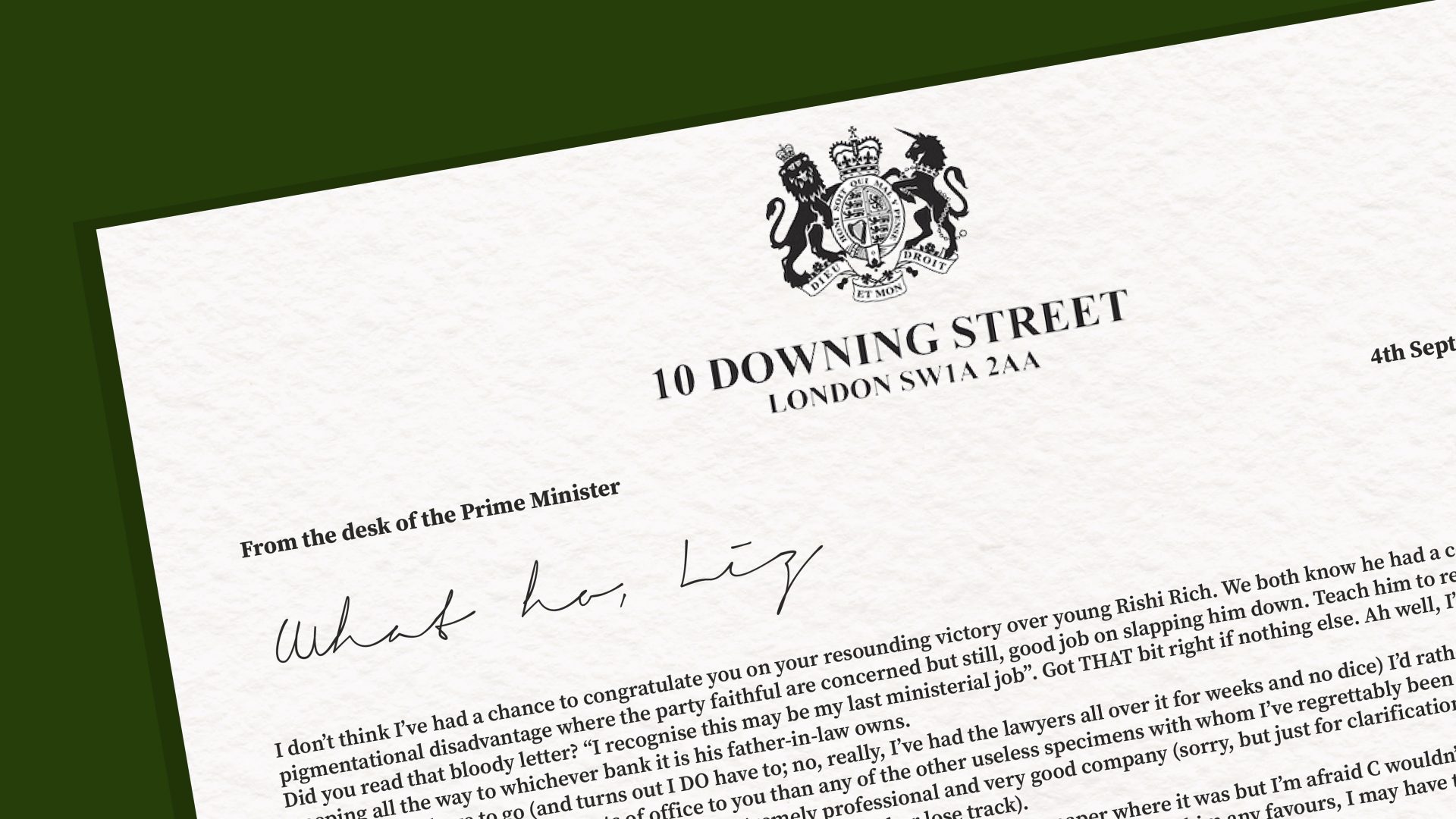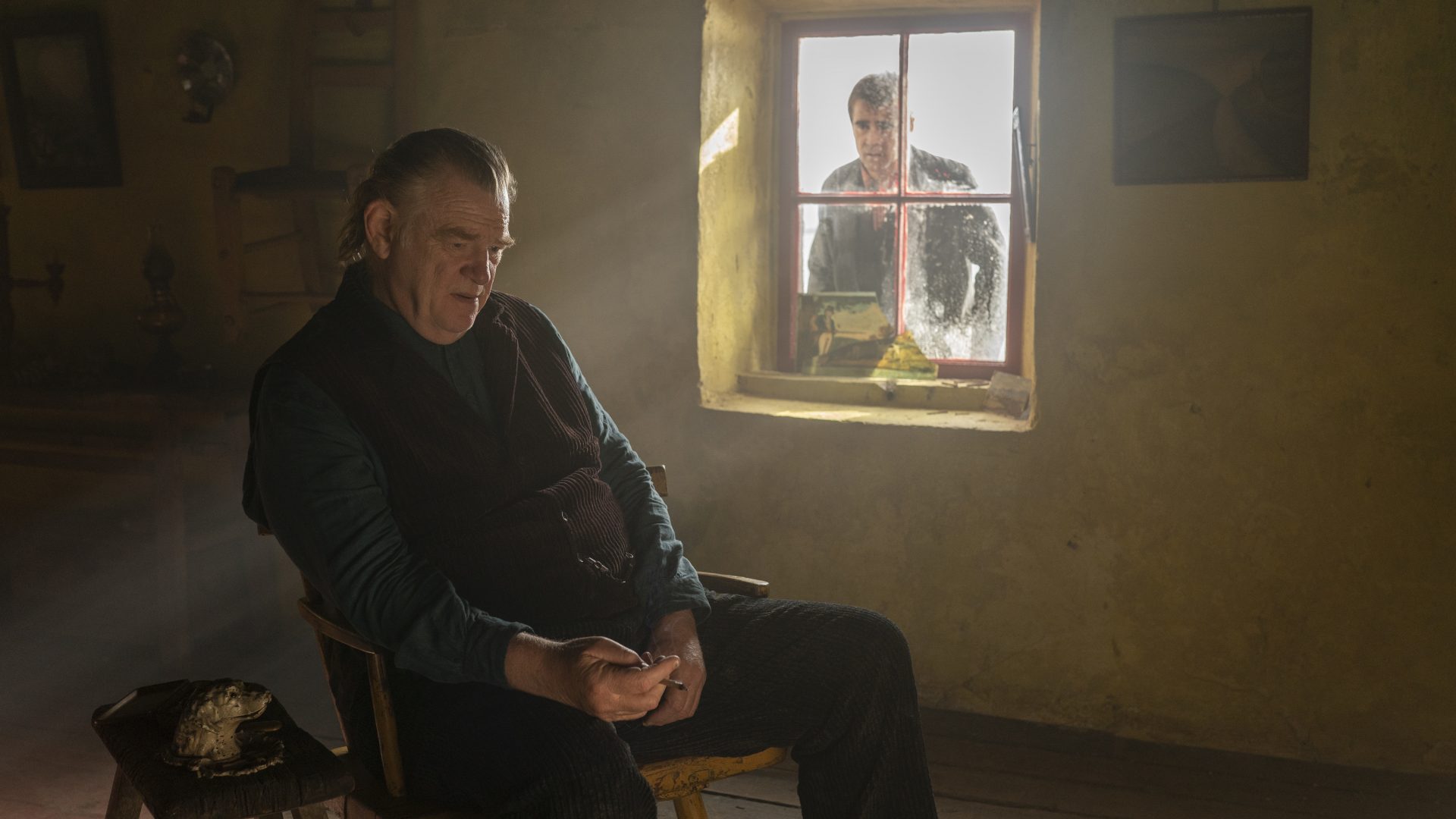As I walk along the Bois de Boulogne
With an independent air
You can hear the girls declare
“He must be a Millionaire.”
You can hear them sigh and wish to die,
You can see them wink the other eye
At the man who broke the bank at Monte Carlo.
You may be unaware of Fred Gilbert’s song, a popular music-hall ditty around the turn of the 20th century. If you do know it, you possibly presumed that the jaunty gambler in question was fictional. And you may be correct. But if any real person can lay claim to being the song’s main character, then Joseph Hobson Jagger might have the strongest case of all.
Many have been lured to the Casino de Monte-Carlo. It has attracted both rich folk with cash to burn and the destitute looking for one last roll of the dice, and most have come to financial grief. But not Jagger… Unlike those before him (and since), Jagger knew he was going to win.
So how did a failed businessman from Yorkshire’s industrial West Riding beat the odds? More pertinently, how did he know beforehand that he would walk away with a huge stash, every centime of it acquired legally?
Jagger was born in 1830 and raised among the mills of what’s still known today as the Heavy Woollen district, although much of the industry has now gone. He worked at a factory in Shelf, near Bradford, but was also a self-educated polymath, the first member of his family to read and write. He studied the woollen trade, learning how to calibrate the machines he worked on. Later, confident of his skills, he spent his small savings setting up a modest business maintaining wool and cotton looms in Bradford and across the Pennines in Manchester.
But he was unfortunate. His business, opened at the peak of the 19th-century textile boom, collapsed as markets faltered. Married with four children, he faced debtors’ prison.
Back then, most people – especially the working class – lived, worked and died within a few miles of their birthplace. Even a trip to London from Yorkshire would be considered a huge undertaking or, more likely, foolhardy. But the self-taught Jagger knew there were wider horizons beyond the valleys of the Heavy Woollen district. He hatched a plan, described by his wife, Matilda, as dangerously deluded, that would see him travel 1,000 miles from Yorkshire to Monaco, playground of the bon vivants and the wealthy. And he travelled with the certainty his debts would be eradicated. How could he have been so confident?
Jagger’s days spent maintaining looms and his evenings of study had led him to understand that no machine ever worked perfectly. You can correct for flaws but never truly eradicate them. Specifically, Jagger learned that any apparatus involving rotation or spin would have a bias. He noticed that looms, when switched off, instead of stopping at some random point in their cycle would notably stop at the same point. No piece of machinery, in other words, was technically faultless. And consequently, nor was a roulette wheel.
Victorian society frowned on gambling, as did the Methodist church of which Jagger was a member. In collusion with his son Albert and nephew Oates, and swearing them to secrecy, over many months he begged and borrowed cash and smart clothes from family and friends, until finally, in 1880, he headed south for Monaco, taking the two co-conspirators with him. He spoke no French and certainly did not look like a playboy, but Jagger walked confidently into Monte Carlo’s famed casino and began observing the croupiers, players and how they gambled. More crucially, he was watching the roulette wheels.
Jagger and his relatives spent perhaps as long as a month visiting the casino, watching where and how the balls fell on the roulette wheel and taking note of every winning number. He began to see a pattern – at some tables certain numbers would win more often. This could only be down to the wheel’s bias. Jagger’s intuition was correct. Closer observation revealed that one wheel was particularly biased towards a regular run of numbers.
Nothing about their system was fraudulent. If they were right, they would be free to walk away with their winnings. On July 7 Jagger scraped together their remaining cash, took a deep breath and placed his bet. He won. And then he won again. And again.
Every evening each table was provided with 100,000 francs, usually sufficient to cover losses. Breaking the bank was a rare event indeed – more gamblers have committed suicide over their misadventures. But that first evening, one by one everybody left their tables to watch Jagger. And although he began deliberately placing losing bets to throw the croupier off the scent, the latter eventually declared: “Sauter la banque”. A black cloth was placed over the roulette wheel in a symbolic ceremony instigated by the casino’s founder, François Blanc, to signify that the table could no longer pay out. Applause for the unprepossessing Englishman rang out.
But of course Jagger had attracted the attention of casino managers. Although they could find no evidence he was cheating (because he wasn’t) they were baffled by his modus operandi. Most “systems” tried by punters relied on playing percentages: betting on red numbers, for example, after black had come up a few times consecutively. There was nothing illegal about gambling using probability, but it was unreliable – even if black had been spun 20 times on the bounce, the chances of the next number being red were still 50:50. In any case Jagger’s returns were clearly not down to chance, nor to hedging his bets. And, as he returned frequently and the casino’s losses mounted, they got desperate.
Eventually they realised that he had a favourite table so, still unaware of how he was operating, they switched the wheel to a different table. And Jagger’s winning streak stopped. But Albert and Oates were still stalking the casino floor and realised what had happened. Jagger changed tables and began winning again.
But his time was up. The casino had figured out that somehow a particular wheel was involved. They contacted the manufacturers in Paris, who arrived with spirit levels and a way of repositioning the partitions between numbers in the wheel. Although he had unwittingly rewritten the rules of roulette wheel construction, Jagger was busted. Pragmatic Yorkshireman that he was, he shook hands with the casino managers and headed home. Brass is, after all, brass, and this was, befitting a son of the eponymous revolution, brass in industrial quantities. Jagger trousered 2m francs, around £8m in current money. It was the equivalent of breaking the bank 20 times over.
The story goes that Jagger pretty much kept quiet about the whole thing, which might explain why, of all those on the shortlist as inspiration for The Man Who Broke the Bank at Monte Carlo, his claim has been regarded as the one most easily dismissed. Certainly, for obvious reasons, the casino hushed up the story. Apparently Jagger bought homes in Little Horton, Bradford, to house his family but little more was heard of him, except that he lived with his wife in the house they had bought before his windfall.
What happened to the rest of the money is unknown – his estate upon his death in April 1892 was a mere £2,081. The first rumour was he never banked the cash, ashamed by its acquisition. The second was that after paying his debts and giving the surplus to charity, he died of boredom, as nothing in life could replace the thrill of nights at the casino. He left £200 for the upkeep of his grave, in Bethel Chapel graveyard in Shelf.

For a while there was debate about whether Jagger even existed. In 2016, Robin Quinn wrote a book called The Man Who Broke the Bank at Monte Carlo about another famous gambler, the fraudster Charles De Ville Wells. Quinn wrote that he was aware of Jagger’s story, but added: “I doubt it is strictly true”. He concluded that Jagger had probably been invented by the writer Victor Bethell to embellish the latter’s book about the casino, written in 1901.
“I doubted it too,” writes the historian Anne Fletcher, Jagger’s great-great-great niece, in her book From The Mill To Monte Carlo. “Although the story had passed down through my family, I could find little evidence. It seemed to be a tale that had grown to become family folklore.” But over the years, in journeys to Monte Carlo and beyond, including finding documentation of Jagger’s trip in the records of the travel company Thomas Cook and details of his property purchases in council archives, she realised the story was almost certainly true. “He really did win a fortune,” she writes.
Her 2018 book also convinced Quinn to change his mind. “I was doubtful,” he admits. “But yes, Jagger existed and is certainly a candidate for the man in the song.” Considering the lengths he went to, to avoid fame or notoriety, Joseph Hobson Jagger might be rather abashed to learn that more than a century later people still sing a song about his – probable – exploits.




